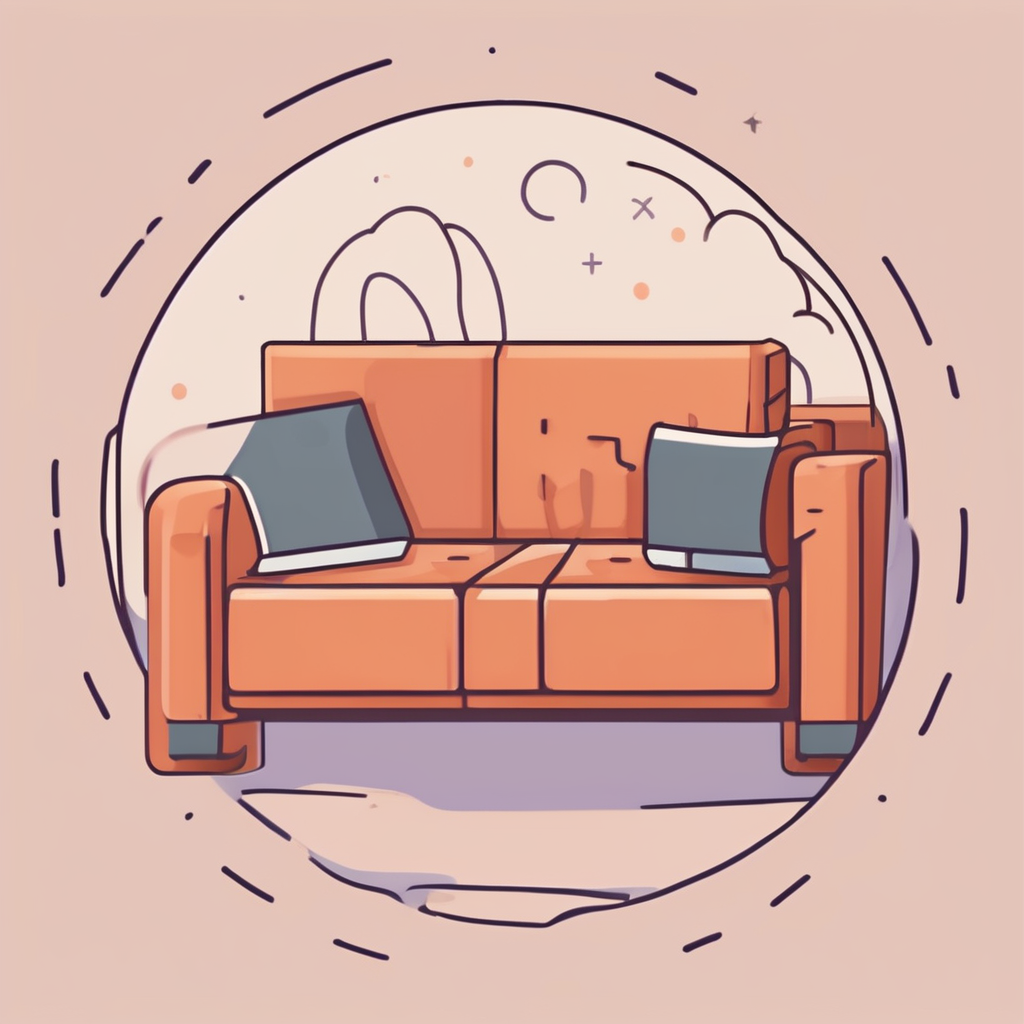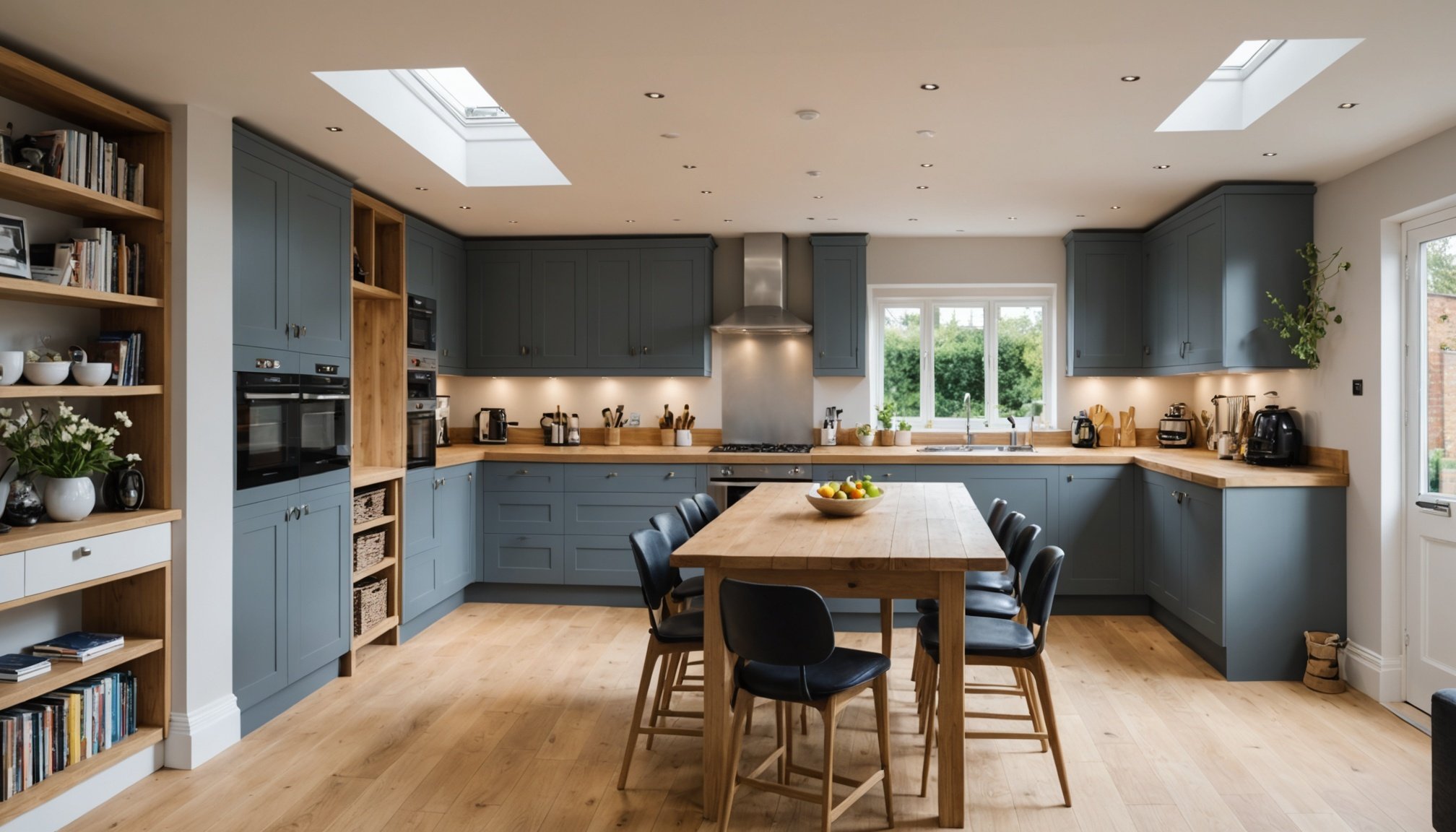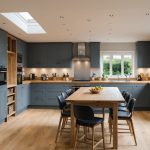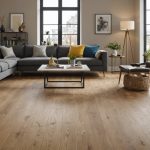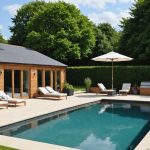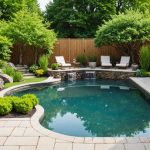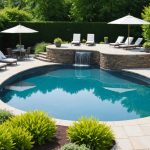Understanding the Space Limitations in a Three-Bedroom House
In the UK, three-bedroom houses often face unique space challenges. These homes typically serve various family sizes, each affecting how space is utilized. For larger families, organizing and efficiently using space becomes increasingly crucial. This space optimization relies on clever strategies to maximize the home’s potential.
UK houses are often compact, making space optimization necessary. Family size is a significant factor; with more family members, the demand for effective space use grows. Adaptable solutions, such as modular furniture and flexible layouts, help accommodate varying family needs.
Also read : Essential Zoning Factors to Consider for Extending Your Detached Home in the UK
For larger families, thoughtful planning is essential. It ensures everyone has a comfortable living environment, balancing practicality with personal space. Smart organization helps manage shared living areas, making day-to-day living more comfortable.
Space-saving solutions can include optimizing vertical areas, clever under-bed storage, and creating dedicated zones for children. These strategies, tailored to the unique challenges of UK housing, help maximize available space.
Additional reading : Top Flooring Solutions for UK Homes: Ideal Choices for Pets and High Traffic Areas
Effectively designing a three-bedroom home involves more than just fitting in furniture. It demands an understanding of space limitations, the impact of family size, and strategic planning—turning challenges into opportunities for a seamless living experience.
Innovative Storage Solutions
Incorporating innovative storage solutions is crucial for enhancing the livability of a UK three-bedroom home. Utilizing vertical space is a prime strategy. By thinking upwards, homeowners can capitalize on unused wall areas. For instance, installing high shelves or suspended cabinets optimizes storage without compromising floor space. These vertical additions capitalize on height, an often-overlooked aspect.
Another clever solution is under-bed storage options. This idea transforms traditionally unused spaces underneath beds into storage havens for seasonal clothing, toys, or extra bedding. Various designs, from built-in drawers to roll-out boxes, cater to diverse needs and preferences.
Built-in shelving and cabinets offer a stylish, space-efficient storage solution. Tailored to fit specific dimensions, these pieces seamlessly blend with the environment, providing hidden storage while maintaining elegance. Embracing multifunctional furniture, such as a bed with integrated drawers or a coffee table with hidden compartments, offers practicality and aesthetic appeal.
Innovative storage goes beyond simple household hacks—it’s about creating harmony between utility and design. These strategies help navigate the compact nature of UK homes, although space may be limited, smart planning ensures that every square foot is maximized.
Multi-Functional Living Areas
In the realm of flexible spaces, UK homeowners increasingly recognise the value of multipurpose environments. The key to crafting these areas lies in selecting multifunctional furniture, which not only looks great but serves various roles, maximising the utility of each room.
Adaptable living environments are essential for facilitating dynamic lifestyles. A skilful design adapts effortlessly as family needs evolve, transitioning from a play area to a sophisticated dinner party venue seamlessly. Notable examples include open-plan living areas, where dining and lounging spaces blend naturally, offering versatility.
When considering furniture, the focus should be on pieces that offer more than meets the eye. Take, for instance, a sofa bed; it functions as stylish seating by day and a cosy bed at night. Similarly, a foldable dining table can expand when hosting guests or contract for intimate everyday use.
Creating a multifunctional space starts with identifying your family’s unique priorities, then choosing adaptable elements to meet those needs. Embracing these strategies not only optimises limited room but also promotes a living environment that’s both practical and inviting. With thoughtful planning and furniture choices, homeowners can cultivate an efficient, multifunctional home that caters to the harmonious flow of daily life.
Organizing Strategies for Large Families
Navigating shared spaces with a large family demands strategic approaches to maintain harmony. Crucial to this is creating distinct family zones. By dividing spaces for various activities, each family member can have personal areas, thus reducing conflicts. For example, establishing a quiet zone with cozy nooks for study and a lively area for play can support diverse needs seamlessly.
Efficient use of common areas becomes pivotal, especially in compact three-bedroom homes. Techniques such as designated daily habits can contribute to functional, shared spaces. Consider multi-level storage solutions for living rooms or transformable furniture that adapts for different family occasions—these allow families to make the most of available space.
Routine maintenance strategies, such as rotational cleaning schedules and family roles, help manage clutter and promote a neat environment. Encouraging consistent habits in tidying up shared zones maintains an organized home effortlessly. By fostering an atmosphere where every family member contributes to the upkeep, orderliness becomes a collective responsibility, easing the burden on individuals.
These organizing strategies not only streamline space utilization but also enhance family dynamics. Through clear zones, effective common area management, and supportive daily routines, large families can achieve a comfortable, cohesive living experience.
DIY Projects for Space Maximization
Embracing DIY space-saving projects can significantly enhance your home’s utility without breaking the bank. By creatively tackling space issues, homeowners can transform their three-bedroom houses into efficient living spaces tailored to individual needs.
Simple DIY Modifications
Small changes often bring substantial benefits. Adding floating shelves in seldom-used nooks can clear floor space while offering additional storage. Wall-mounted pegboards offer flexible organization options, perfect for kitchens or study areas, keeping essentials within easy reach.
Creative Furniture Hacks
Maximize room potential with inventive furniture hacks. Convert an old ladder into a vertical bookshelf, providing storage without consuming floor area. Similarly, adding wheels to furniture, like coffee tables or ottomans, eases room reconfiguration for varied occasions.
Cost-Effective Repurposing
Repurpose existing furniture for a fresh approach to space management. Transform a wooden crate into an elegant coffee table or additional kitchen storage. Painting or upholstering old furniture can give it a new function and style, aligning with the overall design.
By integrating these home improvement strategies, not only do you enhance the living experience, but you also gain a sense of accomplishment. These projects emphasize the practical side of creativity, ensuring a living space that’s both functional and distinctive.
Layout Changes to Enhance Flow
When seeking to improve the interior layout, embracing open-plan enhancements can make a noticeable difference. This design smoothly blends spaces, allowing families to interact freely, enhancing communication and togetherness. Large families especially benefit, as this layout maximizes space efficiency, accommodating both group activities and individual downtime.
Open-Plan Enhancements
Open-plan layouts create a sense of spaciousness by minimizing barriers between rooms. This not only improves space flow but also fosters a more connected living experience. To optimize such layouts, consider using area rugs or furniture as subtle dividers to define zones without constructing walls.
Reconfiguring Bedroom Arrangements
When reconfiguring bedrooms, think about smart placements to boost utility. Positioning beds diagonally or using loft beds can free up space for play or study underneath, making even small bedrooms feel expansive.
Smart Placement of Windows and Doors
Strategically placing windows and doors can significantly enhance circulation of light and air, crucial for a refreshing home atmosphere. Consider placing windows higher to let in more natural light or choosing sliding doors to save space and enhance the ease of movement. These adjustments contribute to an airier, bright living environment, overall improving the home’s layout flow.
Incorporating Children’s Needs in Space Planning
When designing family-friendly spaces in a home, it’s essential to consider the specific needs of children. Creating dedicated children’s zones is crucial for their play, study, and relaxation. These zones should be both safe and accessible, ensuring that children can engage freely without constant supervision.
Designing Child-Friendly Areas
Safety is paramount when planning these spaces. Use rounded furniture, easily cleanable surfaces, and secure storage to avoid accidents. Incorporating multi-functional furniture can help to freely move from playtime to study time. Flexibility is key, so utilize elements like foldable tables or storage that can be reconfigured as children grow.
Balancing Aesthetics with Functionality
While it’s important to maintain a cohesive aesthetic throughout the home, functionality should not be compromised. Integrate decor that blends with the family’s overall style while providing practical solutions like colourful, yet durable, play mats or chic, wall-mounted organisers for school supplies.
By ensuring these family spaces balance style and practicality, you not only cater to your children’s developmental needs but also maintain a harmonious living environment that suits everyone.
Visual Inspiration and Case Studies
In the quest for practical and effective home design, visual inspiration plays a crucial role. Exploring real-world examples helps merge creativity with functionality, offering families inspirational blueprints for their own spaces.
Before and After Comparisons
Witness impressive transformations through thoughtful design. Before and after comparisons capture the impact of strategic space optimization, showcasing how previous constraints turn into efficient environments. These visuals help home-owners imagine potential changes in their own spaces, envisioning improved home dynamics.
Real-Life Family Space Solutions
Highlighting stories of families who have successfully tackled space challenges brings ideas to life. These narratives underline how real people creatively adapted flexible spaces for diverse needs. They provide valuable insights into practical strategies other families can apply, demonstrating the difference a few adjustments can make.
Photos and Illustrations of Successful Projects
Visual elements such as photos and illustrations enhance understanding and motivation. Perusing images of well-executed projects allows for a deeper appreciation of interior possibilities. Design examples that include clever storage solutions or multifunctional environments offer a well-rounded look at what can be achieved with creativity and resourcefulness, turning limitations into potential.
